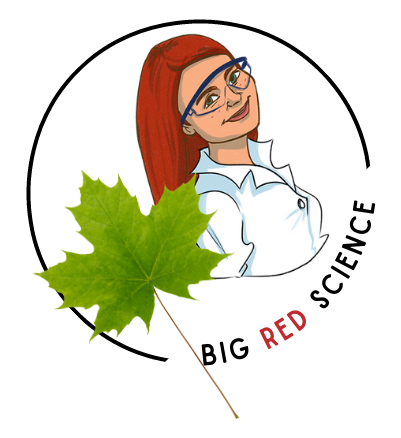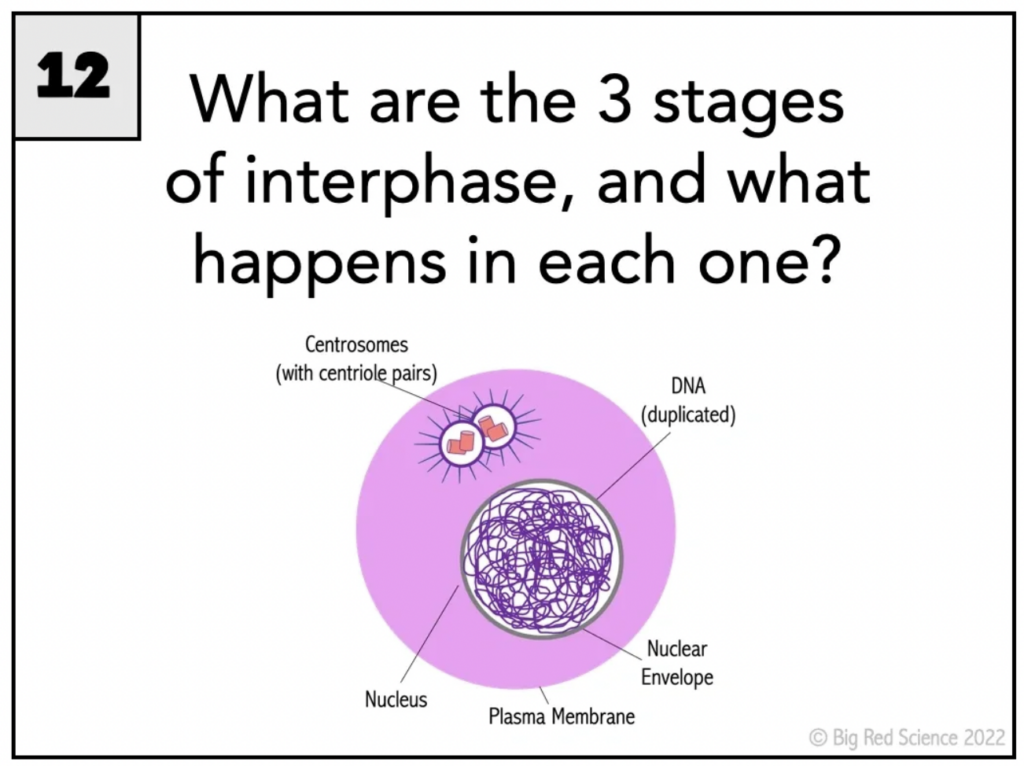I’m a big fan of task cards. If you’re not familiar with the term “task card”, it’s just a card that has a question on it for students to answer. Can it get any easier than that??

For some reason I only discovered them a few years ago, but I keep coming up with new ways to use these simple question cards. Here are 5 of my favorite options:
1) Post them around the room or hallway
I’ll often post a set of task cards randomly around the room at the beginning of a unit, making sure some are strategically peeking out from behind posters to grab their attention. Students will naturally start to check them out and ask and answer questions.
Then, towards the end of the unit I’ll give students a period to move around the room to answer the questions. They write #1-60 on a piece of paper to keep track of their answers, and then check the the answer key when they’re ready.
Easy peasy review! We’ll often gather as a class at the end and go over topics they found challenging.
2) Use them in a Teams Tournament
One of my favorite activities EVER! In a nutshell, you create study groups at the beginning of a unit and have them regularly meet after lessons to go over what was learned together.
At the end of the unit, you have a tournament where each member of the study group competes against one member of each of the other study groups.
The task cards become your questions in the tournament. Boom! For a full breakdown on how to run a Teams Tournament, check out this blog post. (Note: Task cards make this even easier than the description in the blog post because students simply pick a card and keep it if they get the right answer!)

3) Use them with a “Heads or Tails” Board Game
This simple board game can be used with any set of task cards, and all you need is the board, a couple of trinkets to be game pieces, and a coin!
Player 1 picks up a task card and answers a question. If they get it right, they flip a coin. Heads means you move 1 space, tails means you move 2 spaces. First player to make it to the end wins!
This is also a really easy option to make into a station.

4) Make them into a self-checking Google Form
This is a nice option when you want all students to have access to the cards for their own independent review and you don’t want to make 30 sets! You can insert each card as a picture into a Google Form and then create multiple choice options to choose from. If you assign point values and make it self-checking, you can even turn it into an assignment grade. Do it once and use it over and over again!

5) Students sort them based on their confidence
I love this option as an early finisher task or during a work period. A student can work through the cards and then make 3 piles: Very confident, Somewhat confident, Not at all confident. This can guide them in their studying going forward.
What do you think – did I miss any of your favorite task card strategies?
Send me an email at bigredscience@gmail.com to let me know what I should add to this list!
Scientifically Yours,
Mo
Are you an ONTARIO SCIENCE TEACHER?
Me too! Click here if you’d like some specific science content that’s aligned to the Ontario curriculum, Growing Success, and all that as, of, for jazz that we know and love! (I promise you won’t be overloaded with emails!)
Interested in other helpful Teaching ideas? Check out:
6 Ways to Use 6-Word Memoirs in Science
Engage Students in Classification with…Fecal Transplants!?
My Favorite Twist on a Research Project
I NEEDED to change the way I taught this topic
6 Science Activities to Leave With a Sub That Are NOT “Busywork”
5 Easy Ongoing Science Activities to Engage Students All Year
Low-Pressure Icebreakers for the Science Classroom
7 Super Helpful Tips for New Science Teachers
Classroom Management Series #3: Tips for Reacting in the Moment
Classroom Management Series #2: Tips for Building Relationships
Classroom Management Series #1: Tips for Creating Systems
How to Guarantee that Your Students Will Remember What They Learn
The Proven Blueprint to Using Movies in the Science Classroom



